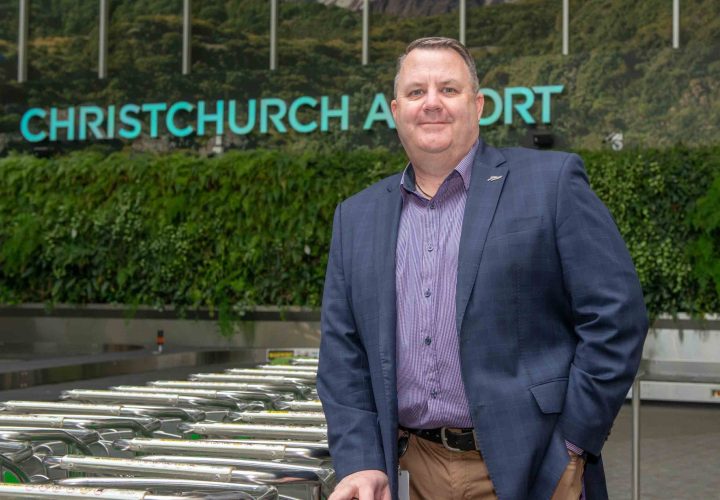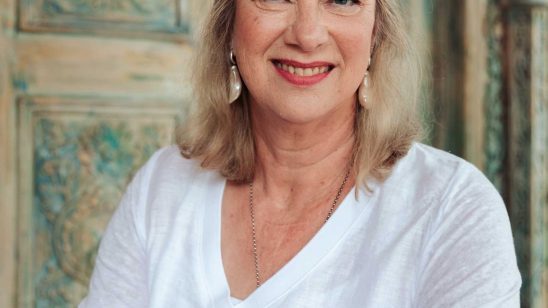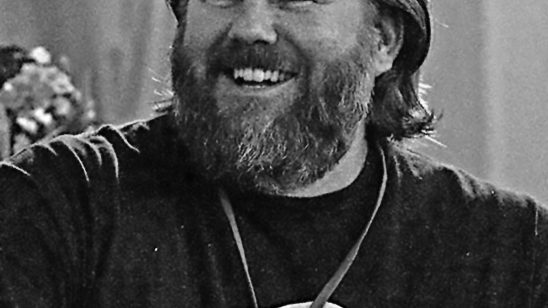
Taking a new path
In September, Christchurch Airport Chief Executive Malcolm Johns announced he was leaving the airport after nine years, to take up an Auckland-based role. Metropol editor Lynda Papesch caught up with him before his departure.
Christchurch Airport has been through a taxing and busy time during the last few years, largely weathering the storm thanks to Malcolm Johns in the pilot’s seat.
He’s the first to admit that the past decade has been one of material challenge.
“Firstly we navigated the post-quake period, then the terror attacks and then the global pandemic. It’s impossible to be unchanged with so many events coming at you, and our team and business are no different.
Following the 2010-2011 earthquakes, the business was “re-engineered”, which meant that during the Covid-19 pandemic, the airport company navigated well.
“The value of the airport grew, we were profitable each year of the pandemic, and we paid dividends,” explains Malcolm. This reflects the strength and depth of the team here at the airport. They are now (unfortunately) specialists in major external events that toss our business around. Fingers crossed for the next decade!”
In a role such as his, a good team dynamic is critical, he says, adding that heading into what will be its busiest summer period for some years, both the team and the airport businesses are in good shape.
“We are optimistic we will see all our airline customers return to Christchurch during the next 18 months or so.”
Looking ahead, the immediate vision for Christchurch Airport is to remain the Gateway to the South Island, and to restart all its aviation activity during the next 18 months. “Christchurch is our home and the engine room of our business. This isn’t going to change anytime soon,” says Malcolm.
“We will also continue to develop our property portfolio on the Christchurch campus as we have done over recent years.”
He says it was with great foresight, the Christchurch City Council voted in 1936 to set aside enough land at Harewood for the airport to develop for 100 years, despite being unsure about what the future of aviation looked like.
“That took intergenerational thinking and courage to do that – in 1936 WWII was still a future event, aircraft were basic and recreational or military, there weren’t regular commercial passenger flights.
“Yet here we are, 86 years later still developing the same airport on that same piece of land!”
A decision to buy land in Central Otago was driven by the same intergenerational thinking, he explains.
“We know 80 percent of jet flights to/from Christchurch and Central Otago connect to either Melbourne, Sydney, Brisbane or Auckland. We also know those airports have more than $10 billion being invested to expand their capacity to double passenger numbers over the next decade or so. We know only Christchurch can cater for that growth.”
What this means, he says, is that new airport infrastructure in Central Otago is essential at some point in the next few decades. We will continue to explore that need during the coming years.”
Simply the best
Christchurch is the best place in New Zealand to live the Kiwi dream, regardless of how old you are, says Malcolm.
“We came to Christchurch after the earthquakes and because of the earthquakes. We thought the airport would play a role in post-earthquake Christchurch. When we arrived there were more cranes taking buildings down than putting them up. There were plenty of debates around anchor projects, cost share agreements, what was Christchurch post-quakes.
“Christchurch’s old heart is what it was before the quakes. It is just beating inside a new skin now, and it’s been incredibly rewarding to have been a part of that transition.
“The pandemic has provided a line in the sand between a post-quake mindset and a beyond pandemic mindset, and we can see and feel that across the city. Christchurch is looking and feeling fantastic. Nothing’s ever perfect but it feels way more positive and people coming for events and conferences are telling a positive story.”



